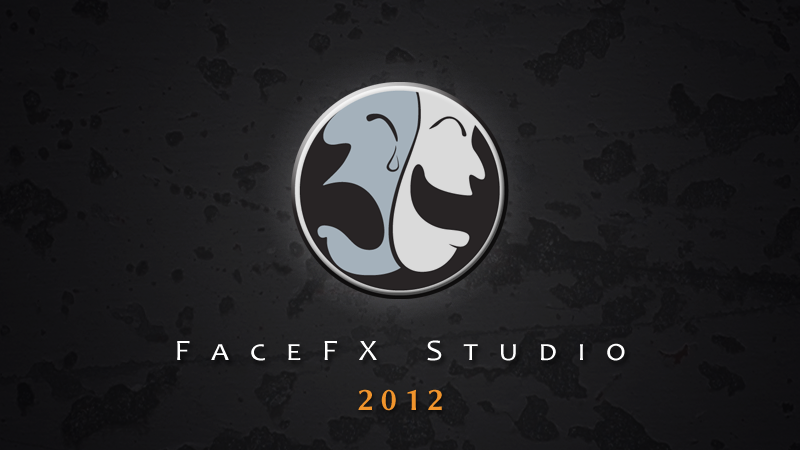It's been a big year for facial animation. L.A. Noire brought character realism to the forefront of the industry and raised the bar for video games as a storytelling medium. But Team Bondi's new approach offered no silver bullet for most character animators. The game is built around a new technology that while impressive, is not flexible, scalable, or affordable enough to impact the industry as a whole. Facial animation is regrettably as stubborn of a problem as it ever was. You can't solve it with more graphics horsepower, and throwing money at it only works to a point...the point at which you go bankrupt or refuse to let facial animation costs impact your game design.
Before you throw in the towel and commit yourself to creating the next great side-scroller, take a look at FaceFX 2012. It offers a host of new features at the same affordable per-title and per-seat costs. We've added support for Mandarin Chinese and Czech, improved the Python experience with an IPython shell and a wxPython integration for creating custom user interfaces, added support for previewing and triggering mocap or hand animation, and given animators a powerful new tool with emoticons for adding emotion and believability to animations quickly. So if you haven't taken a look at FaceFX in a while, check out what's new, watch a video tutorial, explore the documentation, or download an evaluation.
We look forward to hearing from you!
The FaceFX Team
Notes:
No, you didn't miss FaceFX 2011, we skipped a year with our naming convention to get in synch with the Autodesk release cycle. FaceFX 2012 supports Autodesk 2012 products.
If you are looking for FaceFX 2010 resources, you can still download the 2010 plugins and evaluation and access the documentation from our website.

Before you throw in the towel and commit yourself to creating the next great side-scroller, take a look at FaceFX 2012. It offers a host of new features at the same affordable per-title and per-seat costs. We've added support for Mandarin Chinese and Czech, improved the Python experience with an IPython shell and a wxPython integration for creating custom user interfaces, added support for previewing and triggering mocap or hand animation, and given animators a powerful new tool with emoticons for adding emotion and believability to animations quickly. So if you haven't taken a look at FaceFX in a while, check out what's new, watch a video tutorial, explore the documentation, or download an evaluation.
We look forward to hearing from you!
The FaceFX Team
Notes:
No, you didn't miss FaceFX 2011, we skipped a year with our naming convention to get in synch with the Autodesk release cycle. FaceFX 2012 supports Autodesk 2012 products.
If you are looking for FaceFX 2010 resources, you can still download the 2010 plugins and evaluation and access the documentation from our website.
